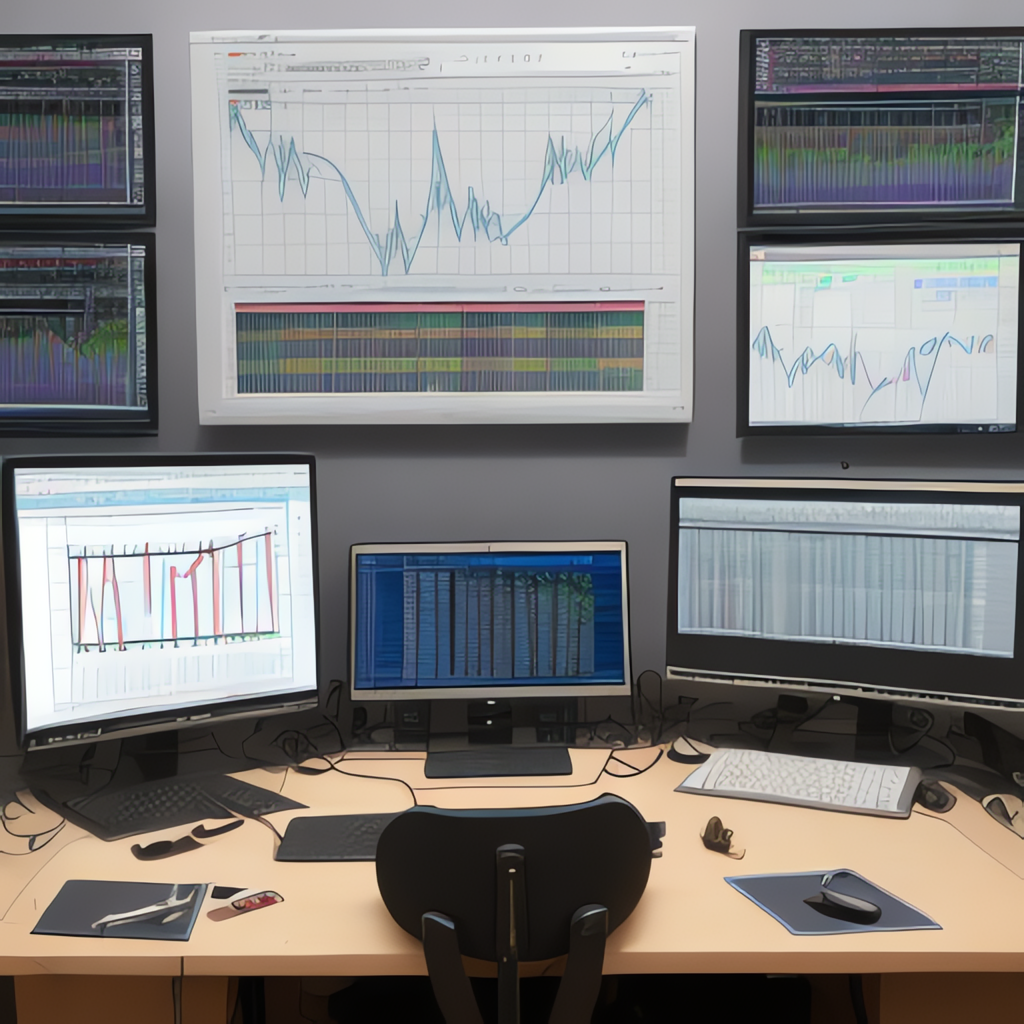In the ever-evolving landscape of visual communication, the language of charts and graphs has transcended the boundaries of traditional forms of data representation. These graphical illustrations serve as a universal bridge between complex information and the layperson, offering a succinct yet comprehensive view into the heart of data. This article delves into the elegant art of visual analysis, decoding the multifaceted language of charts and graphs across various genres.
### The Power of Simplicity
At the core of effective visualization is the principle of simplicity. Skilled illustrators understand that the most impactful charts and graphs are those that convey information in the most straightforward manner possible. By eliminating unnecessary clutter and ensuring that each element has a clear purpose, the end result is a more comprehensible and engaging piece of art.
**Intricate Design vs. Clarity of Information:**
Visual analysis begins with selecting the appropriate design for the type of data being presented. An intricate infographic, filled with details, may be visually appealing but can overwhelm viewers. Conversely, minimalist designs can make dense data more digestible. The balance between artistic intricacy and information clarity is a delicate but crucial one.
### Decoding the Variety
Given the plethora of chart and graph types, understanding the nuances of each variety is essential for accurate interpretation.
#### Line Graphs: The Story of Change Over Time
Line graphs are ideal for depicting trends over a period, such as sales figures, temperature fluctuations, or population growth. Their linear structure makes it clear to see trends and make comparisons, but the depth of historical detail often requires careful selection of the appropriate length of the timeline.
#### Pie Charts: The Slice of the Whole
Pie charts are employed to show proportions within a whole, commonly used in marketing, demographics, or even nutrition panels. While they can be visually appealing, overly complex data or too many categories may make it challenging for viewers to extract meaningful insights.
#### Bar Charts: The Vertical Display of Comparisons
Bar charts, with their vertical or horizontal bars, are perfect for showcasing comparisons between different groups or categories. They are particularly useful when comparing different data series over time.
#### Scatter Plots: The Network of Correlations
Scatter plots use pairs of vertical and horizontal values to show the relationship between two variables. They help identify correlations and patterns where linear or other relationships may not be evident in other charts.
#### Heat Maps: The Color-Intensive Representation
Heat maps use color gradients to represent values, excellent for illustrating complex relationships or spatial data. They provide a quick overview but should be approached with caution as they rely on color perception, which can be subjective.
### The Language of Symbolism
Charts and graphs utilize a specific vocabulary through the selection of symbols and conventions to communicate data effectively. These symbols can range from simple line types, such as solid, dashed, or dotted lines, to more complex elements, like icons, images, or color schemes.
#### Line Weight and Type: Indicators of Variable Significance
The weight and type of lines in a chart can give insight into the importance or variability of the data points. For instance, bold lines might be used to emphasize critical data changes, while finer lines can indicate a more varied or nuanced set of data points.
#### Color Theory: Communicating Emotion and Hierarchy
Colors evoke emotions and convey different levels of importance. The use of color theory can either enhance or distract from the core message of a visual. It is essential for designers to select colors carefully to ensure that the intended message is not obscured.
### Reading Between the Lines
In visual analysis, the language is not just in the chart itself but also in the surrounding context. Captions, axes labels, and the overall layout all play important roles. A chart’s legend or annotation can provide critical context, while an effective layout may help in navigating through complex datasets.
### The Evolution of Visualization
The evolution of charts and graphs has been linked closely to the advent of technology. With the rise of digital data visualization, users now have access to more sophisticated tools that allow for interactive and dynamic representations. Users can employ animation, interactivity, and even augmented reality to gain deeper insights into the data.
### Conclusion
The elegance of visual analysis lies in the intricate balance of form and function. It requires a keen sense of design, an understanding of the data, and a commitment to clarity. Decoding the language of charts and graphs across their various forms is a skill honed through practice and experience, but once mastered, it can unlock narratives hidden within the vast ocean of data, transforming information into knowledge.
